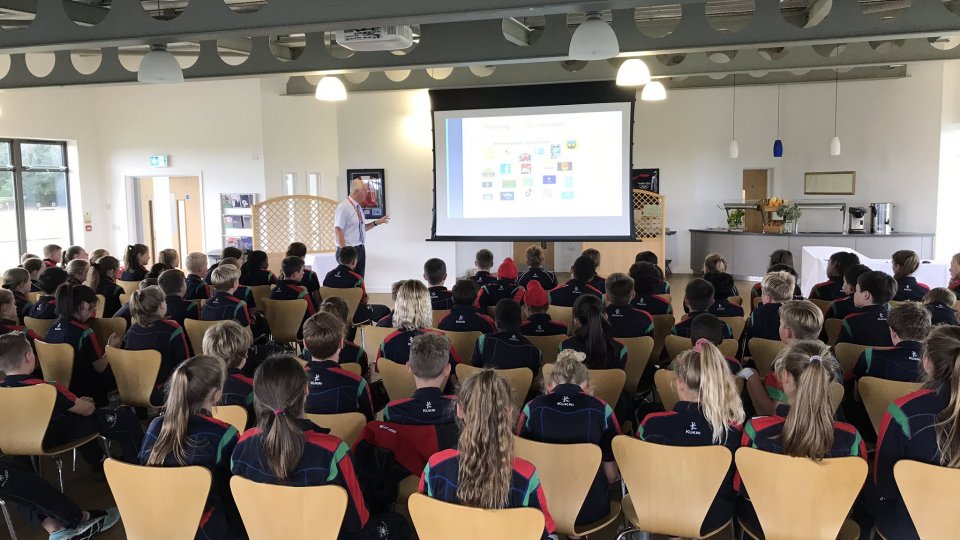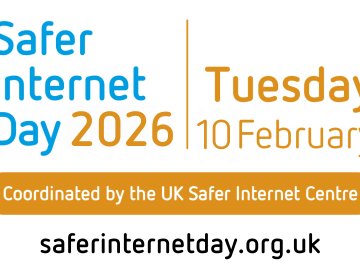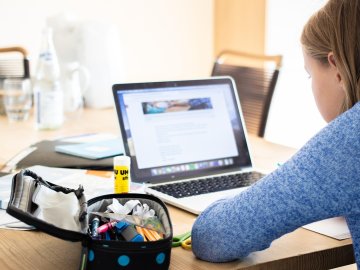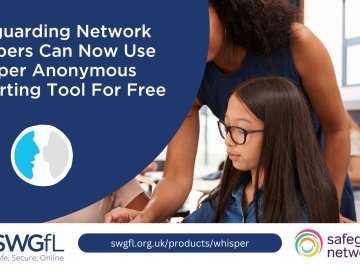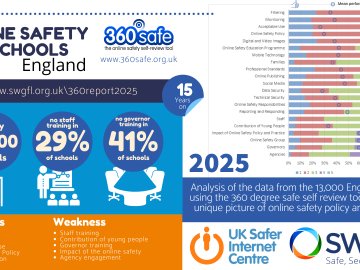This article originally appeared on the SELMA Hacking Hate website.
Tackling online hate speech with young people ideally goes beyond the classroom, as part of a collaborative effort involving many different education stakeholders. The wide variety of activities offered in the SELMA Toolkit allows for great flexibility, making it possible to integrate Toolkit activities across the school curriculum as one-off sessions or as part of a whole school strategy.
In a whole-school strategy, children and young people, parents, school staff and the whole school community work together in a more structural and systematic way. According to UNESCO’s International Bureau of Education, a whole-school approach involves “addressing the needs of learners, staff and the wider community, not only within the curriculum, but across the whole-school and learning environment. It implies collective and collaborative action in and by a school community to improve student learning, behaviour and wellbeing, and the conditions that support these”.
By increasing stakeholders’ participation early on in the process, schools can increase uptake and effectiveness. By actively contributing to the development of the whole-school strategy, school staff, parents, carers and students will feel part of the process and will contribute to making the strategy more attainable and attuned to real needs identified at school. To achieve this, some concrete measures can be put in place, both within and outside the school.
Involving the whole-school community
Firstly, at school, pupils should be given the opportunity to actively participate in the school governance as problem solvers and decision makers (including the students that don’t usually take leadership roles). This can be done by organising school councils or assemblies, student surveys, or youth-led programmes, campaigns or initiatives, among many things.
Additionally, whole-school strategies should take into account the concerns raised by the entire school staff – teachers and school leaders, but also curriculum designers, school psychologists, guidance counsellors, pastoral and behavioural leads, and so on.
Involving the wider community
Schools can and should also involve external actors. Parents and carers can be engaged more actively and in a two-way dialogue through surveys, the involvement of parent associations, the organisation of open or consultation evenings, and by being kept informed both online and offline.
Strategic partnerships should be formed with the wider community – local government services, youth and community centres, public libraries, police officers or even sport and recreation clubs – to help establish shared norms and expectations in the local community.
More ambitiously, national and international stakeholders could also be involved, such as children’s commissioners, media authorities, social media providers, ministries, NGO’s and so on.
Embedding the SELMA Toolkit in a whole-school strategy in practice
One concrete recommendation to understand how to make the SELMA Toolkit work in a whole-school approach is to take a closer look at “Theme 9 – Changing the world”. The resources contained in this section of the Toolkit can help you organise the following activities:
- Collaborate with a group of teachers in your school to run the “Facing a culture of hate” Social and Emotional Learning (SEL) activity across different classrooms.
- Bring pupils together in a school council or assembly setting and let them identify a key challenge they would like to tackle together, using the SEL “Respectful dialogue” guidelines to set clear communication standards.
- It might be difficult to find consensus among your pupils. Given the focus of the debates, you may also end up with heated discussions. This is a useful exercise in resilience and democratic decision making. Still, we recommend you involve a wider range of school actors, including school psychologists or wellbeing counsellors. The Peer Mentoring activity “Scissor words or glue words?” will prove particularly helpful to encourage pupils (and adults) to reflect on the use of divisive language. Of course, you should try to find ways to bring people together.
- Once you have agreed on a common issue or goal, together with your students, draw upon the Media Analysis and Media Production activities to start developing and implementing a successful campaign. To amplify their messages, pupils will have to reflect on how they can involve friends and family, and other relevant actors and influencers in the local community when trying to grow a following, using both offline and online communication channels.

